Let’s demystify the question: “How many tablespoons in a cup?” The answer is 16 tablespoons, but there’s so much more to explore in this fascinating realm of culinary mathematics. Get ready to unlock the secrets of accurate measurement and enhance your cooking prowess. Let’s delve into the art of Tbsp to Cups conversion and bid farewell to measurement confusion forever!
This post contains affiliate links.
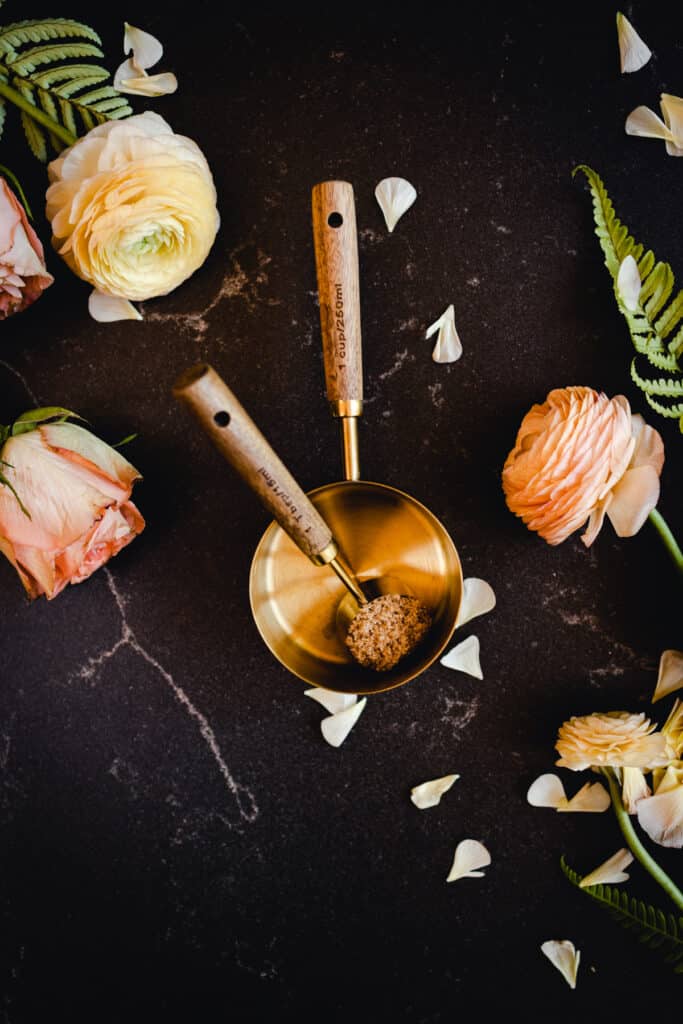
Are you tired of struggling with tablespoons-to-cups conversion in recipes? Look no further! Understanding the relationship between tablespoons and cups is essential for precision in the culinary world. Whether you’re a novice cook or an experienced chef, mastering this conversion opens up a world of culinary possibilities.
What is a tablespoon?
Here you can talk about where the tablespoon measurement came from. What it was originally used for, and what it is used for today. (And where they are used.) Feel free to write about how US tablespoons compare the metric tablespoons, UK, Canadian, and Australian tablespoons. Feel free to use H3 or even H4 sub-headings to structure this section.
Tablespoons are versatile kitchen tools that serve both as serving utensils and precise measurement units. Ensuring accurate ingredient proportions in everyday cooking and baking. With a rich history dating back to ancient times, spoons evolved from eating and serving utensils to becoming the basis for measuring ingredients. Let’s delve into the evolution of tablespoons and explore the variations found in different regions.
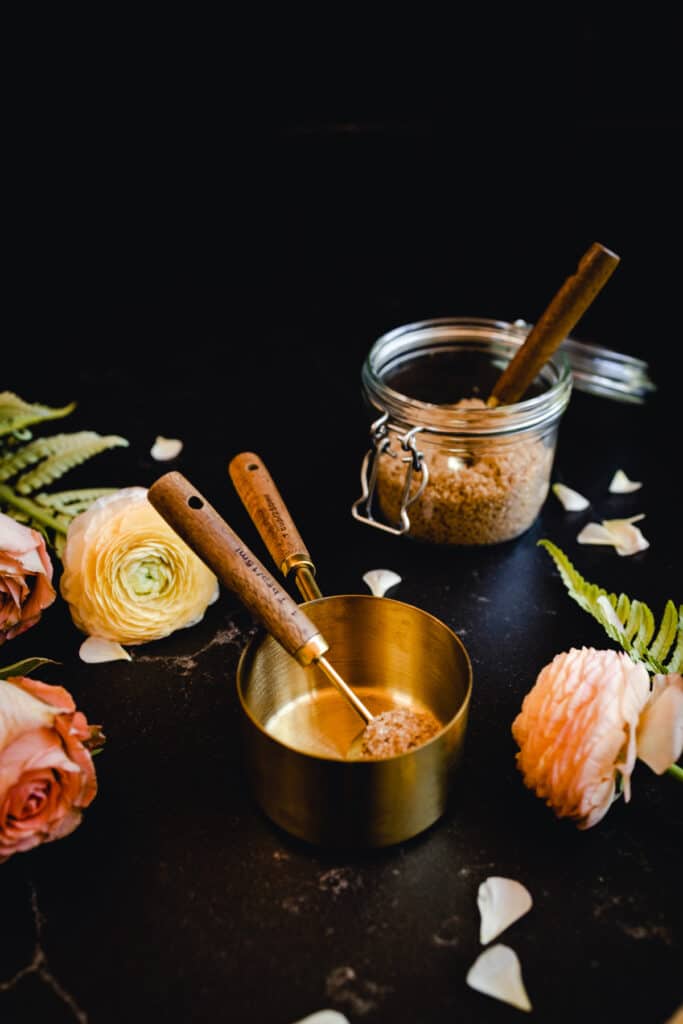
Different Tablespoons Around the World
US Tablespoon: In the United States, a tablespoon is defined as approximately 0.50 fluid ounces or 14.8 milliliters. It is an important part of the US customary system of measurement.
Metric Tablespoon: In the metric system, a tablespoon is defined as 15 milliliters. This measurement is widely used in countries following the metric system, including many European countries.
Imperial Tablespoon (UK): In the past, the United Kingdom utilized a slightly different tablespoon size compared to the US. It is defined as approximately 0.51 US fluid ounces or 17.75 milliliters. The imperial tablespoon is not commonly used today.
Canadian Tablespoon: Canada also adopts the same measurement as the UK today, with a tablespoon equaling approximately 0.51 US fluid ounces or 15 milliliters.
Australian Tablespoons: Australia uses the traditional tablespoon measurement. Which is defined as 20 milliliters or 0.68 US fluid ounces. This larger measurement distinguishes the Australian tablespoon from its counterparts.
For tablespoon conversions, check out our quick guide below.
- Queen Anne Tablespoon (US) = 0.50 fluid ounces or 14.8 milliliters
- Metric Tablespoons (UK & Canada) = 0.51 US fluid ounces or 15 ml
- Imperial Tablespoon (Rarely Used) = 0.60 US fluid ounces or 17.75 milliliters
- Australian Tablespoon (Australia) = 0.68 US fl oz or 20 ml
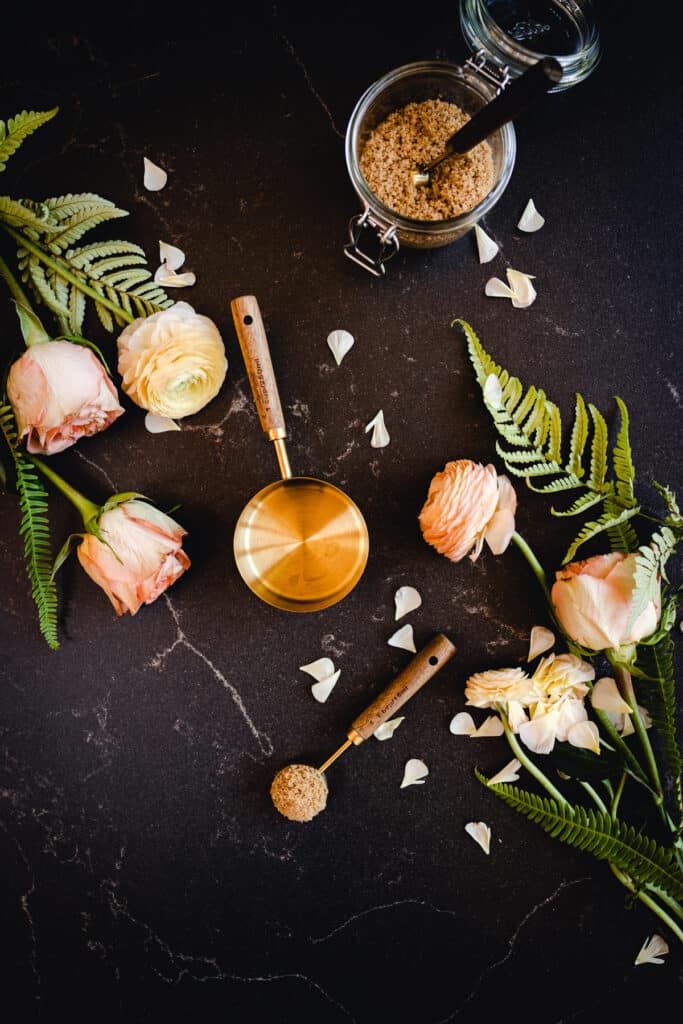
Comparing Measurements
When converting between tablespoons in different systems, it’s important to consider the variations. For example, the US tablespoon is slightly smaller than the metric tablespoon used in many other countries. So, when following recipes across different regions, it’s crucial to be aware of these differences and make the appropriate conversions to ensure accurate measurements.
Embracing the Diversity
The diverse measurements of tablespoons worldwide reflect the cultural and historical influences on culinary practices. Understanding these variations allows cooks to adapt recipes from different regions and achieve desired results. By embracing the differences and making conversions when necessary, we can create culinary delights that transcend borders and showcase the beauty of global cuisine.
Common Terms For Tablespoon Measurements
- British Imperial System
- US tablespoon
- Metric tablespoon
- Dry tablespoon
- Measuring spoon
Tablespoon Abbreviations
- Tbsp
- tbsp
- tbs
- tb
- T
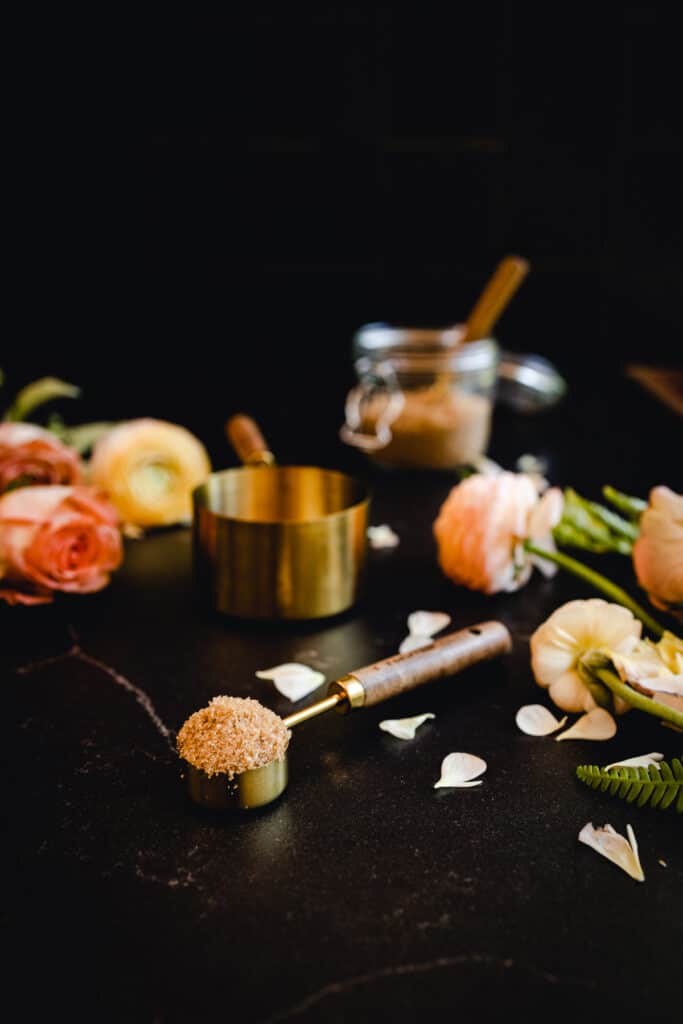
What is a cup?
Here you can talk about where the cup measurement came from, what they were originally used for, and what they tend to be used for today. (And where they are used.) Feel free to write about how the cup compares to the metric cup, UK, Canadian, and Australian cups. Feel free to use H3 or even H4 sub-headings to structure this section.
The cup is a widely recognized unit of measurement used in cooking and baking, providing a convenient way to measure both liquid and dry ingredients. Its history can be traced back to ancient civilizations, where various vessels were used for drinking and serving. Over time, the concept of a standardized cup measurement emerged, influenced by different cultures and their respective measuring systems. Today, cups are used internationally, with variations in the metric, imperial, and country-specific cups.
Evolution and Usage
The evolution of the cup as a measurement unit is intertwined with the development of standardized systems. In the United States, the customary cup measurement is equivalent to 8 fluid ounces or 240 mls. In the United Kingdom, the imperial cup measures 9.6 fluid ounces or 284 mls, although most citizens use the metric cup. Canada and Australia follow the metric system, with a standard 250 milliliters or approximately 8.45 fluid ounces per cup.
The Versatility of the Cup
The cup’s versatility extends beyond cooking and baking, as it is also commonly used for measuring liquids in daily life, such as in coffee or tea preparation. Its widespread use and recognition make it a convenient and familiar unit of measurement for both professionals and home cooks alike, enabling consistent and successful culinary outcomes. Understanding the cup and its various measurements empowers cooks to confidently follow recipes from around the world and achieve accurate results.
The below in yellow doesn’t need to be here. You can move it wherever you like.
- Queen Anne Tablespoon (US) = 0.50 fluid ounces or 14.8 milliliters
- Metric Tablespoons (UK & Canada) = 0.51 US fluid ounces or 15 ml
- Imperial Tablespoon (Rarely Used) = 0.60 US fluid ounces or 17.75 milliliters
- Australian Tablespoon (Australia) = 0.68 US fl oz or 20 ml
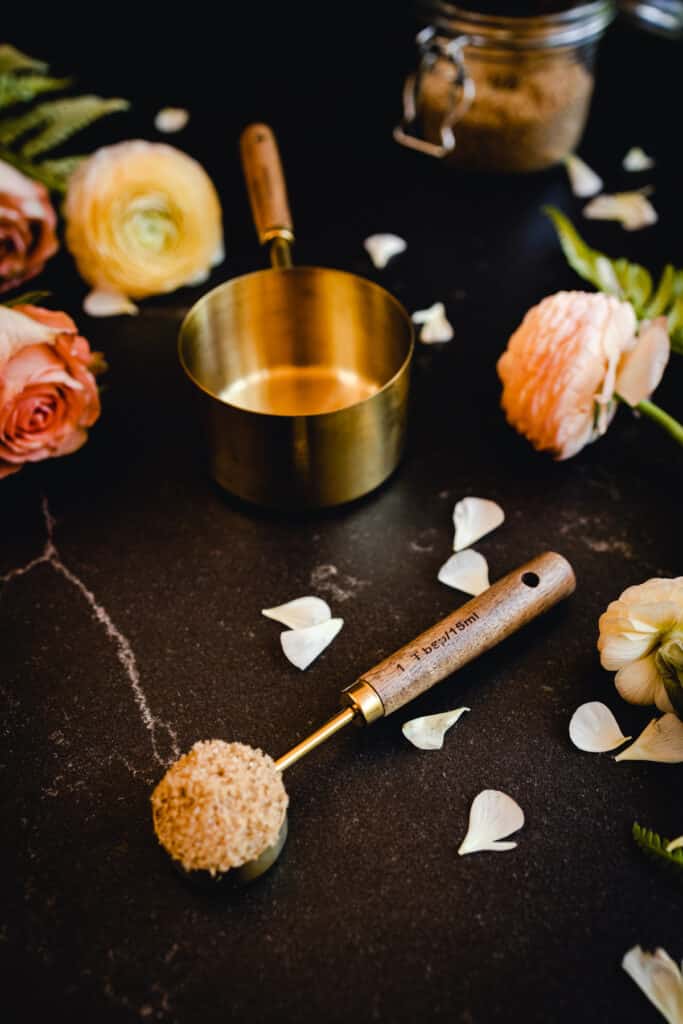
Common Cup Terms
- Cup measurements
- Legal cup
- Metric measurements
- Imperial cup
- Metric cup
- Dry measuring cups
- Wet measuring cups
Abbreviations For Cup
- C
- c
Tablespoons to Cups Conversion Chart for US, UK, Canada, and Australia
Are you tired of trying to figure out the conversions between tablespoons and cups in different measurement systems? Look no further! Our comprehensive tablespoons-to-cups conversion chart covers the measurements for the United States, United Kingdom, Canada, and Australia, making it easy for you to accurately convert your recipes and achieve culinary success.
| USA Tbsp | USA C. | UK/CA Tbsp | UK/CA C. | Australia Tbsp | Australian C. |
|---|---|---|---|---|---|
| 1T | 1/16 | 1T | 1/16 | ~3 1/8t | 1/16 |
| 2T | 1/8 | 2T | 1/8 | 1T + 2 1/4t | 1/8 |
| 4T | 1/4 | 4 Tbsp | 1/4 | 3T + 1/2t | 1/4 |
| 5T + 1t | 1/3 | 5T + 1t | 1/3 | 4T + 2/3t | 1/3 |
| 8T | 1/2 | 8T | 1/2 | 6T + 1t | 1/2 |
| 10T + 2t | 2/3 | 10T + 2t | 2/3 | 8T + 1/3t | 2/3 |
| 12T | 3/4 | 12T | 3/4 | 9.375 | 3/4 |
| 16T | 1 | 16T | 1 | 12T + 2t | 1 |
| 32T | 2 | 32T | 2 | 25T | 2 |
How many tbsp in a cup?
When it comes to precise measurements in cooking and baking, understanding the conversion between tablespoons and cups is essential. Whether you’re adjusting your favorite recipes or simply need to know how many tablespoons are in a cup of wet ingredients, this section will provide you with an easy way to answer your most burning questions.
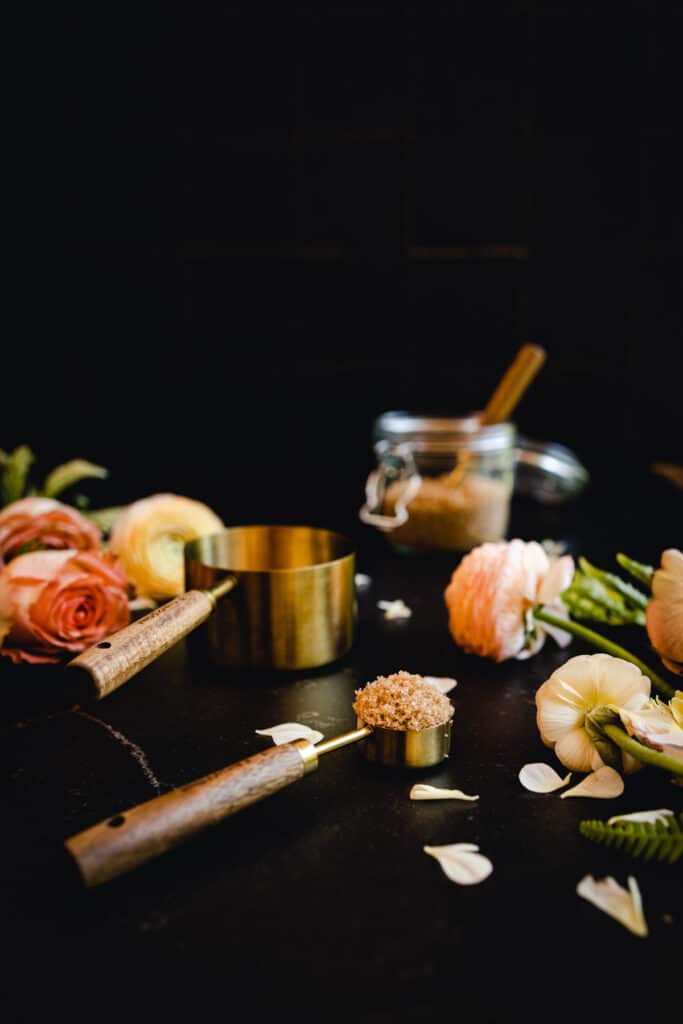
How many tablespoons are in one cup dry?
When it comes to measuring dry ingredients, the conversion of tablespoons to cups is the same across all measurement systems. In the imperial system, there are 16 tablespoons in one cup. In the metric system, which is more widely used around the world, one cup is equivalent to 16 tablespoons. In the US customary system, one cup is equal to 16 tablespoons as well. It’s important to note that for recipes requiring precise measurements, a kitchen scale will provide the best result.
How many tablespoons are in one cup of liquid?
When measuring liquid ingredients, the conversion of tablespoons to cups remains consistent across different systems of measurement. In the imperial and US customary systems, one cup of liquid is equal to 16 tablespoons. In the metric system, one cup is also equivalent to 16 tablespoons. It’s important to note that the density of the liquid can vary, which may slightly affect the measurement. However, for most common liquids, such as water or milk, the difference in density is negligible. To ensure accurate measurements, it’s recommended to use a liquid measuring cup with clear markings and pour the liquid to the appropriate level at eye level for precise results.
How many tablespoons are in a cup of butter?
When measuring butter, the conversion of tablespoons to cups depends on the form of butter being used. For stick butter, which is commonly found in pre-packaged bars, one cup is equal to 16 tablespoons. If using regular butter, which is typically sold in solid blocks or tubs, one cup is also equal to 16 tablespoons. However, when it comes to melted butter, the conversion is slightly different. One cup of melted butter is approximately equal to 16 tablespoons, but the volume can vary depending on the density and temperature of the melted butter. It’s important to note that when a recipe specifies “1 cup of butter,” it usually refers to the measurement of solid butter rather than melted butter.
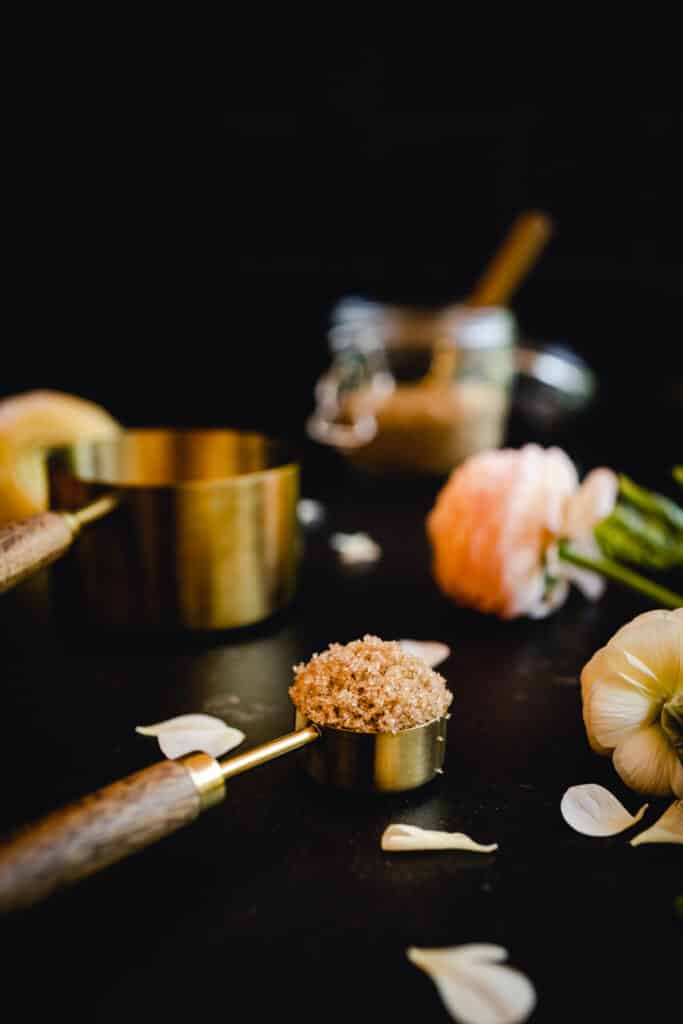
How many tablespoons are in a stick of butter?
In the United States, a stick of butter typically measures a half cup, which is equivalent to 8 US tablespoons. This is a standard measurement for stick butter in the US. It’s important to note that butter packaging in other countries may have different measurements for a stick of butter, so it’s always a good idea to check the packaging or use a kitchen scale for precise measurements.
How many tablespoons are in a cup of sugar?
A tablespoon is a standard measurement and remains the same size regardless of the type of sugar. Therefore, when measuring sugar using tablespoons, the volume will be consistent regardless of whether it is granulated white sugar, brown sugar, or powdered sugar. In a cup, you will still have approximately 16 tablespoons of any type of sugar. The variations in measurements typically arise when using different measuring techniques, such as packing or sifting, which can affect the density and result in slight differences in volume.
How many tablespoons are in a cup of coffee?
The number of US tablespoons in a standard cup of coffee can vary, depending on personal preference and the strength desired. However, as a general guideline, a typical cup of coffee is often brewed using a ratio of 1 to 2 tablespoons of coffee grounds per 6 ounces (180 milliliters) of water. Therefore, in a standard 8-ounce cup of coffee, you would typically have around 2 to 3 tablespoons of coffee grounds.
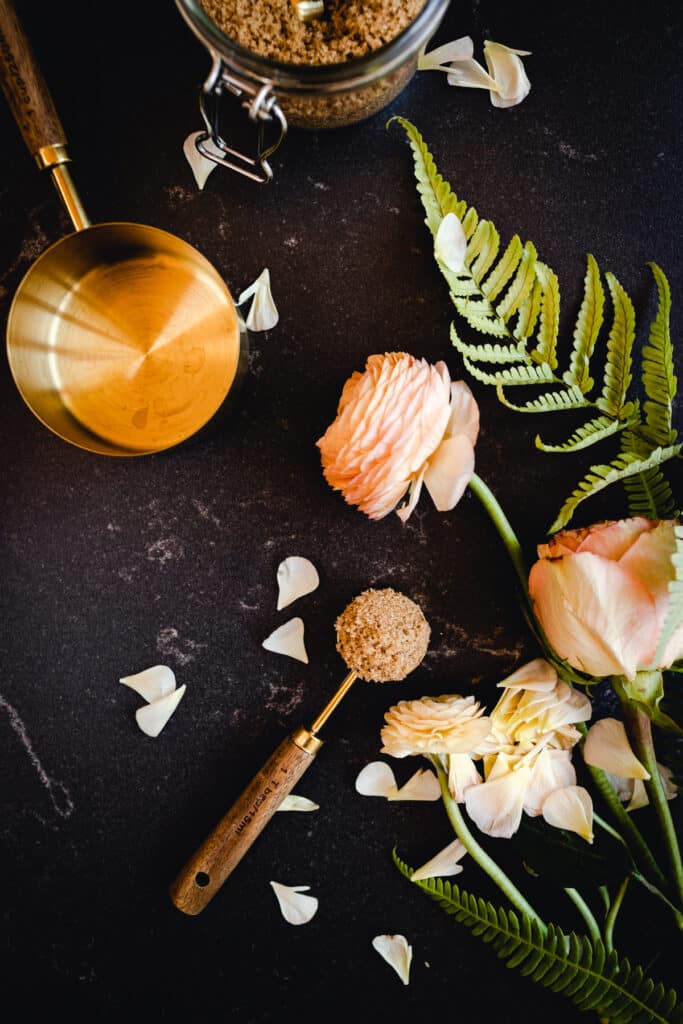
US Tablespoons To Cups Conversion Chart
Are you tired of trying to convert tablespoons to cups in your recipes? Look no further! Our US Tablespoons to Cups Conversion Chart provides a handy reference for quickly and accurately converting between these measurements, making your cooking and baking experiences a breeze.
| Tablespoons | Cups |
|---|---|
| 1 tbsp | 1/16 cup |
| 2 tbsp | ⅛ cup |
| 4 tbsp | ¼ cup |
| 5 tbsp | ⅓ cup |
| 8 tbsp | ½ cup |
| 11 tbsp | ⅔ cup |
| 12 tbsp | ¾ cup |
| 16 tbsp | 1 cup |
| 32 tbsp | 2 cups = 1 pint |
What is the best way to measure tablespoons?
When it comes to achieving precise measurements in the culinary world, proper techniques for measuring tablespoons are essential. In this section, we will delve into the best methods for measuring tablespoons, covering both liquid and dry ingredients, and emphasizing the importance of proper leveling techniques to ensure accurate results in your recipes.
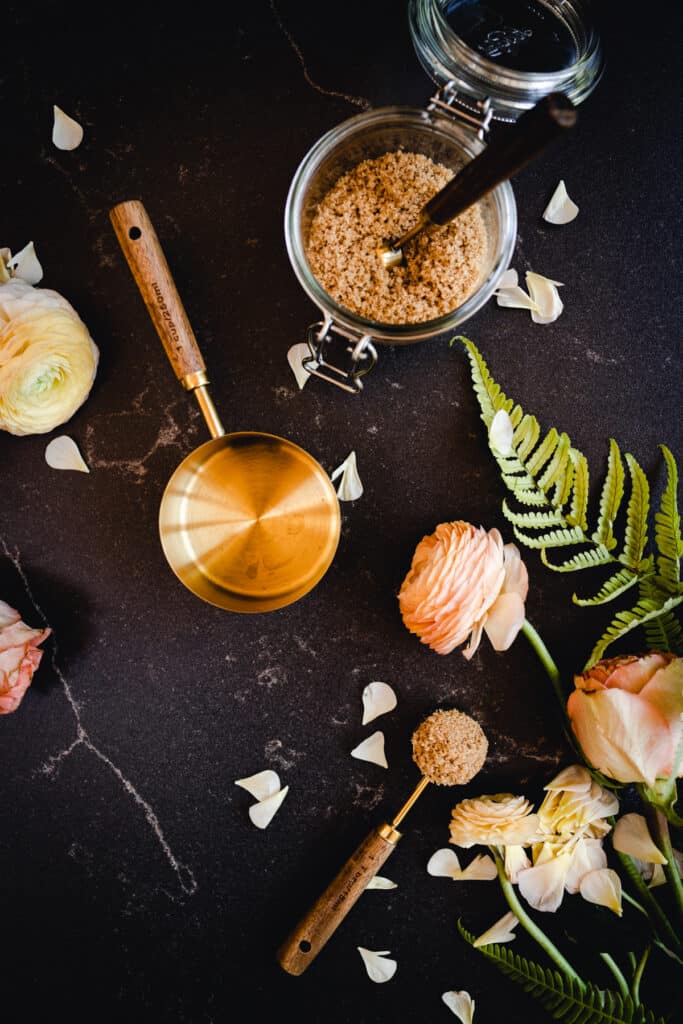
What is the best way to measure tbsp of dry ingredients?
The best way to measure tablespoons of dry ingredients is to scoop the dry ingredient into the spoon, leveling it off with a straight edge for an accurate measurement. Avoid compacting or packing the ingredient into the spoon, as this can lead to incorrect results.
What is the best way to measure tablespoons of liquid ingredients?
The best way to measure tablespoons of liquid ingredients is by placing the measuring spoon on a flat, stable surface. Pour the liquid ingredient into the measuring spoon or cup, filling it up to the brim. Then check the measurement by looking at the level of the liquid. Ensure the bottom of the meniscus (the curved surface of the liquid) aligns with the measurement line for an accurate tablespoon measurement. Carefully transfer the liquid ingredient to your recipe, making sure to scrape out any remaining liquid from the spoon or cup.
Measuring tips and tricks:
- Level off dry ingredients: When measuring dry ingredients like flour or sugar, use the back of a butter knife or a straight edge to level off the excess from the top of the tablespoon or cup. This helps achieve an accurate measurement.
- Use the spoon-filling method: For sticky ingredients like honey or peanut butter, lightly coat the tablespoon with a non-stick cooking spray or oil. This will allow the ingredient to slide off easily and give you a more precise measurement.
- Read the measurement at eye level: When measuring, hold the tablespoon at eye level to ensure that the bottom of the meniscus (the curved surface of the liquid) aligns with the measurement line for accurate results.
- Practice consistency: Develop a consistent technique for measuring tablespoons and cups by using the method each time. This helps maintain accuracy in your recipes.
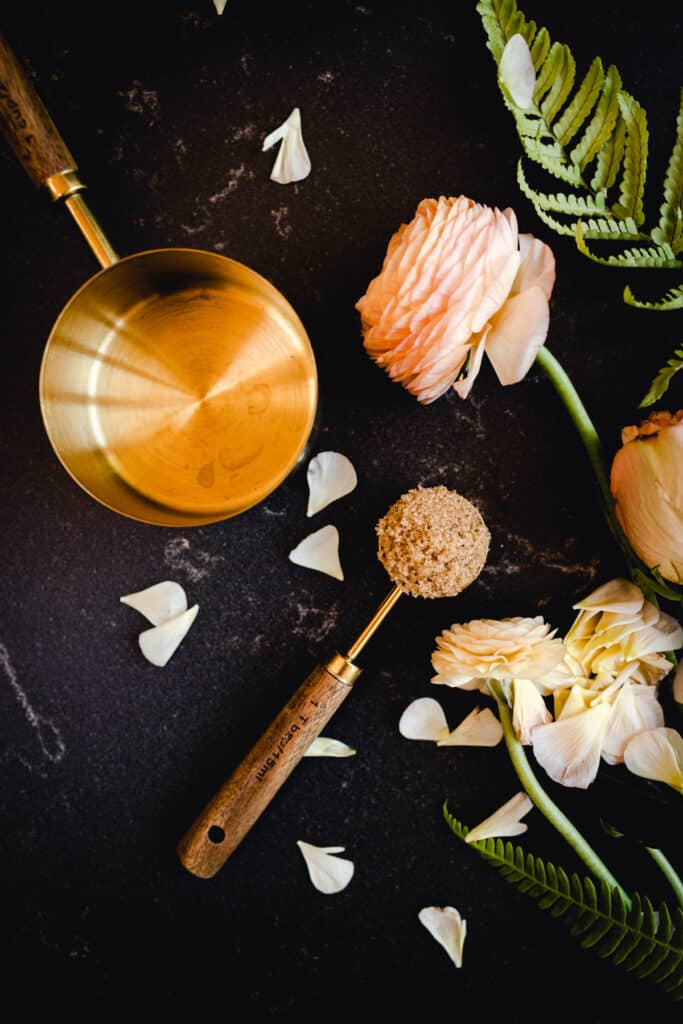
Free Download: Tbsp to Cups Conversion Guide
FAQ
No, 8 tablespoons are not equal to 1 cup. In the United States measurement system, 1 cup is equivalent to 16 tablespoons. So, while 8 tablespoons make up half a cup, you would need 16 tablespoons to make a full cup.
In the United States measurement system, there are 16 tablespoons in a cup of liquid. This is a standard conversion used in recipes and cooking instructions. It’s important to note that tablespoon-to-cup conversions may vary in different countries or measurement systems. So, if a recipe calls for a cup of liquid, you would need to use 16 US tablespoons to achieve the desired measurement.
No, 3 US tablespoons are not equal to a quarter cup. In the United States measurement system, a quarter cup is equal to 4 tablespoons. So, 3 tablespoons would be less than 1/4 a cup.
There are 4 tablespoons in a quarter cup. When converting between tablespoons and cups, it’s helpful to know that 16 tablespoons make up one cup. So, a quarter cup, which is one-fourth of a cup, is equivalent to 4 tablespoons. This conversion is commonly used in cooking and baking recipes to accurately measure ingredients.
There are 5 and 1/3 tablespoons in one-third of a cup. When converting between tablespoons and cups, it’s important to remember that 16 tablespoons make up one cup. To find the number of tablespoons in one-third of a cup, you can divide 16 by 3 (since one cup is divided into three equal parts for thirds), which gives you approximately 5 and 1/3 tablespoons. This conversion can be useful in recipes that require precise measurements for ingredient proportions.
There are 16 tablespoons of flour in a US cup.
There are 16 tablespoons of liquid in a cup of milk.
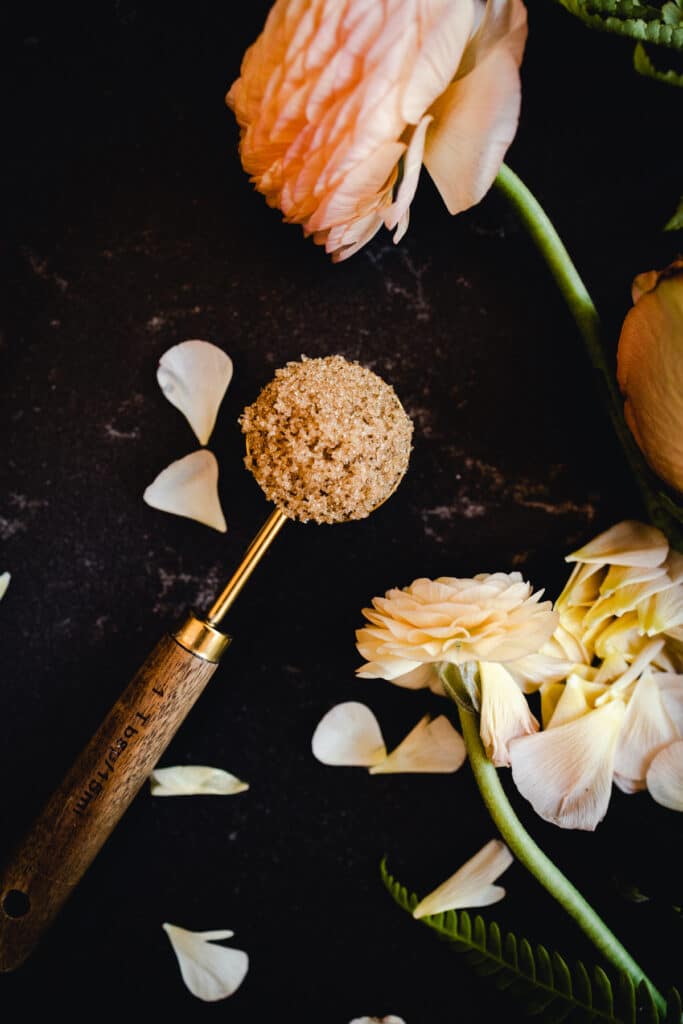
Final Words
With this newfound knowledge, you can confidently navigate any culinary adventure and create delectable dishes that will impress your family and friends. So, embrace the art of measurement, and may this understanding empower you to elevate your cooking and baking endeavors to new heights!
More Measurement Articles
This post may contain affiliate links, meaning I’ll receive a commission if you purchase through those links at no extra cost to you. Please read our full disclosure for more information. Thank you for supporting Raepublic.

Great info!
Awesome. Glad you found it helpful.